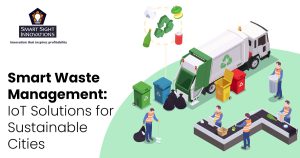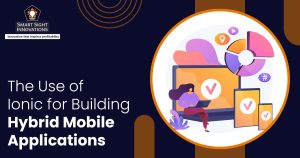 The current relentless technological enhancements behoove developers to remain abreast with the latest offerings in order to leverage them in their development process. This is very much the case with Java programmers as well, with the last couple of years having brought plentiful changes almost every 6 months such as Spring 5, Spring Security 5, and Spring Boot 2. Java development services currently leverage some very interesting features such as var with local variables, API enhancements, GC improvement, Thread Local handshake, and many more and the same applies for the Spring framework and Spring Security.
The current relentless technological enhancements behoove developers to remain abreast with the latest offerings in order to leverage them in their development process. This is very much the case with Java programmers as well, with the last couple of years having brought plentiful changes almost every 6 months such as Spring 5, Spring Security 5, and Spring Boot 2. Java development services currently leverage some very interesting features such as var with local variables, API enhancements, GC improvement, Thread Local handshake, and many more and the same applies for the Spring framework and Spring Security.
We look at a list of things developers should learn in 2021 to establish a firm footing in the field Java development services.
1. DevOps
More enterprises are moving to DevOps to ensure real time integration and deployment. It enables an efficient Java software development process, reduces development cycles, and provides updates, features, etc. to enterprises and facilitates better collaboration & communication between IT & development processes.
2. Git
Git & GitHub are open-source systems that focus on non-linear workflows, integrity & speed. Founded by Linus Torvalds in 2005, programmers providing Java development services can use the Git project directly as it is a complete version control system with a repository that creates a copy of the development history and has a toolkit-based design. It provides a well-defined model that supports non-linear extensions along with an organized management of large projects.
3. Selenium
The Selenium web driver in Java equips developers with tools to test web applications using test frameworks with an open-source API and also includes automation features for web applications.
4. Spring Framework 5
Java uses Spring Framework as its application framework. It provides many functional API variants and offers an updated Spring MVC version.
5. Unit testing
An indispensable aspect of Java development services that has several tools and frameworks for support. Cucumber for automated integration testing and Robot are popular examples.
6. RESTful Web Service
REST stands for Representative Translation of State, an architectural style that is a critical part of especially when it comes to enhanced web performance. Some of its features are:
- Statelessness, in which the server provides the data that makes up an HTTP REST request
- A cacheable architecture, which blocks web APIs and applications
- Supports multiple servers in a multi-tiered system to ensure reduced response times
- A unified interface to keep records
7. Spring Security 5.0
With its fundamental purpose that of authentication being immensely popular with Java developers, Spring Security facilitates multiple authentication models and integrates with various technologies such as HTTP, Kerberos, JOSSO, CAS, LDAP.
8. Spring Boot 2
The latest version of Spring Boot is responsible for control and generation of a standalone solution. It enables higher security, responsiveness, technical support and improves overall developer experience. This is done by reducing the build configuration, enabling dependencies, automatically configuring spring attachments, and providing complete security and technology support.
9. Angular 2 or React.js
These are indispensable technologies for any Java software development project. While the important aspects of Angular are its templates, annotations, and advanced dependency injections, ReactJS is used to develop mobile applications with free and open-source communication with the server.
10. Jenkins
Derived from Java programming, Jenkins is an open-source automation component that has made its plugins available for integration. It enables better development, and its automated systems manage integration autonomously & quickly.
11. Apache Spark and Kafka
While Apache Spark is an open-source cluster computing framework, Spark provides an application interface for basic I/O, scheduling, and dispatching. Kafka utilises basic APIs such as Producer API, Consumer API and Connector APIs, while Apache Spark’s main features are real-time stream processing, multilingual support, and advanced analysis & integration.
Contact Smart Sight Innovations today for best-in-class Java application development services to build dynamic enterprise solutions.













